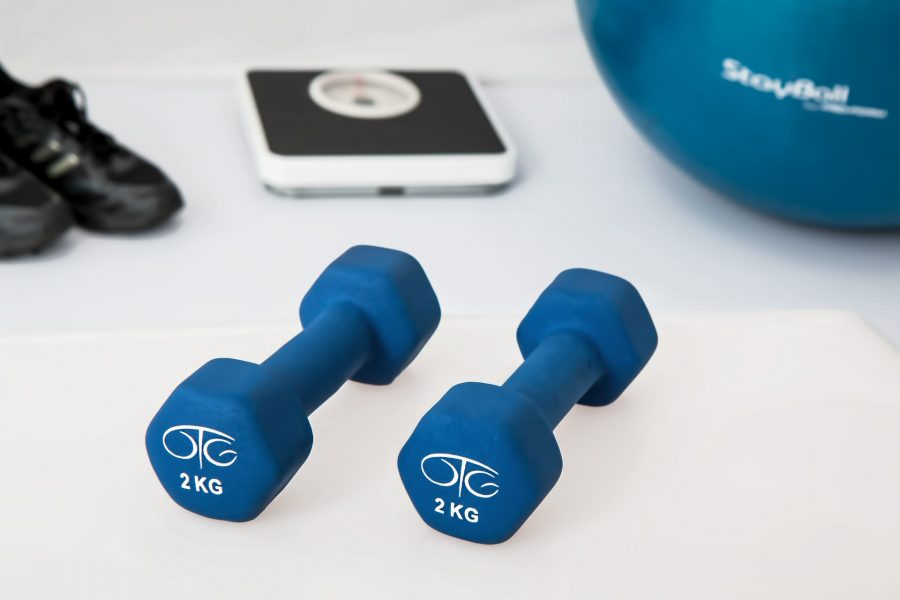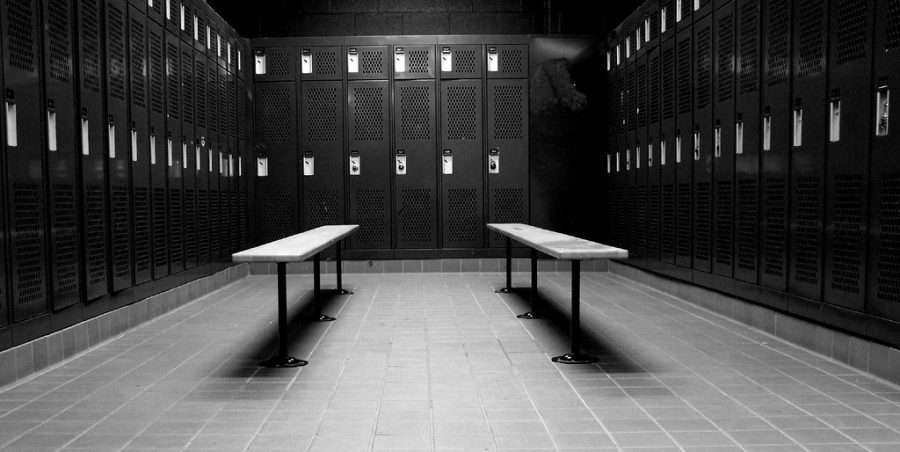If getting to the gym on a regular basis is something that’s difficult to accomplish given your current lifestyle, squeezing in a few exercises in your own home is something that should be highly considered. For those that do not have a lot of experience with working out in the first place, the following exercises are just for you. No matter your level of training, these can be done by just about anyone.
Pushups
One of the most basic workouts known by everyone in the fitness world. Pushups require very little space in your home, and can be done just about anywhere. This workout utilizes multiple muscle groups throughout your body, as well as strengthening your shoulder joints. With this added strength, you’ll better prepare yourself for more advanced workouts once you have time to hit the gym.
Squats
Yet another exercise you can perform right in front of your television. For the best results, stand with your feet shoulder-width apart, and while maintaining a straight back and your head up, sit back into this position. Be sure to focus on your knees bending over your toes with your chest out, and do not bend your back. Squats are great for improving overall strength, but your thighs and glutes are the primary beneficiaries.
Calf Raises
For the other portion of your legs that squats don’t focus on, these are great for strengthening both your calves and shins. A proper form involves standing straight and bringing your heels up slowly off the floor, holding your position at its peak. Then, slowly return to the starting position. Beginners in exercising tend to skip this workout, as they feel their calves are the least important muscles. However, strong calves improve your balance, prevent your feet from rolling, and calm the effects of shin splints.
Planks
Begin in a pushup position, but support your body with your forearms instead of your hands. Keep your back straight and focus on tensing your abs and glutes, holding for as long as you can. This is great for building core strength. Continuously performing crunches can have a negative effect on your spine if done incorrectly, whereas planks allow you the same workout without the risk of injury.
Side planks are a variation that target smaller muscles in your lower back, and can even improve back pain; something beginner’s might be all too familiar with. For this exercise, simply lie on either your left or right side and support your weight on your elbow, lifting your hips off the ground to form a straight line.
Bicep Curls
Assuming you have weights of some sort, bicep curls can be done anywhere in the house. If you don’t have weights however, feel free to improvise. Full jugs of milk make for great replacements. When performing this exercise, focus on keeping your elbows stationary. When your arms are bent at the top of the move, squeeze your biceps and slowly lower the weights back to your starting position. Strengthening your biceps can provide you with everyday benefits that you may not have considered otherwise, like stronger stabilization when lifting or carrying objects.





